How To Do The Gomukhasana And What Are Its Benefits?
Enhance your body's flexibility and become healthier by practicing this asana.
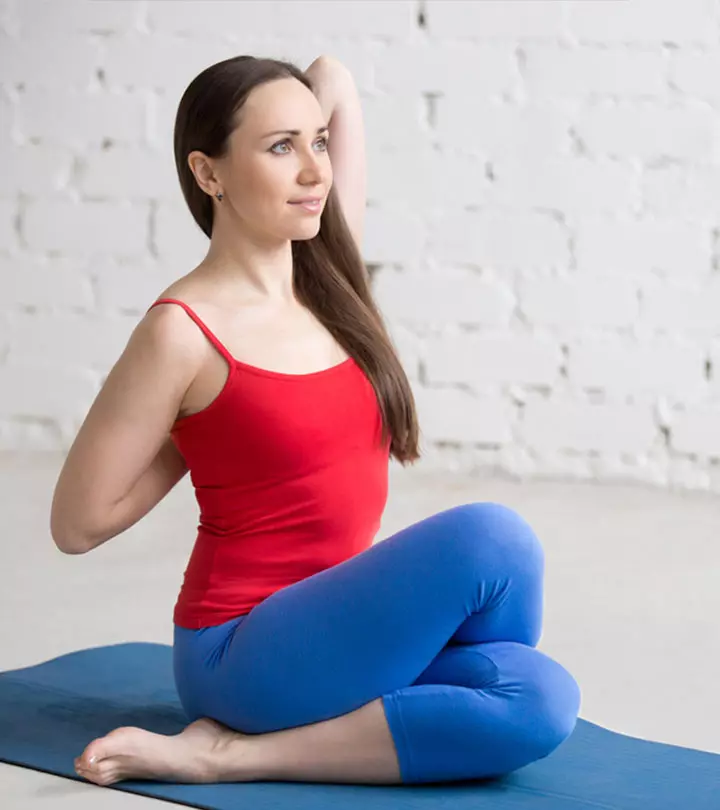
Image: shutterstock
Gomukhasana or Cow Face Pose is an asana. Sanskrit: गोमुखासन; Go – Cow, Mukha – Face, Asana – Pose; Pronounced As: go-moo-KAHS-anna
Here, we will be discussing the benefits of gomukhasana. This asana is named after the Sanskrit terms ‘Go,’ which means cow, ‘Mukha,’ which means face, and ‘Asana,’ which means position.
If you didn’t know, the word ‘Go’ also implies light. As a result, ‘Gomukh’ can also mean ‘head lightness’ or ‘headlight.’ However, this posture gets its name because the body resembles a cow’s face when performed. The calves and thighs are positioned to be wide on one end and taper on the other. Gomukhasana benefits your body in several ways. Scroll down to read more.
In This Article
Everything You Need To Know About The Gomukhasana
- What You Should Know Before You Do The Asana
- How To Do The Gomukhasana
- Precautions And Contraindications
- Beginner’s Tips
- Advanced Pose Variations
- Benefits Of The Cow Face Pose
- The Science Behind The Gomukhasana
- Preparatory Poses
- Follow-Up Poses
What You Should Know Before You Do The Asana
It is best if the Gomukhasana is performed first thing in the morning. Its benefits are numerous. Your stomach and bowels must be empty when you practice this asana. Make sure you have your meals at least 10 to 12 hours before your practice.
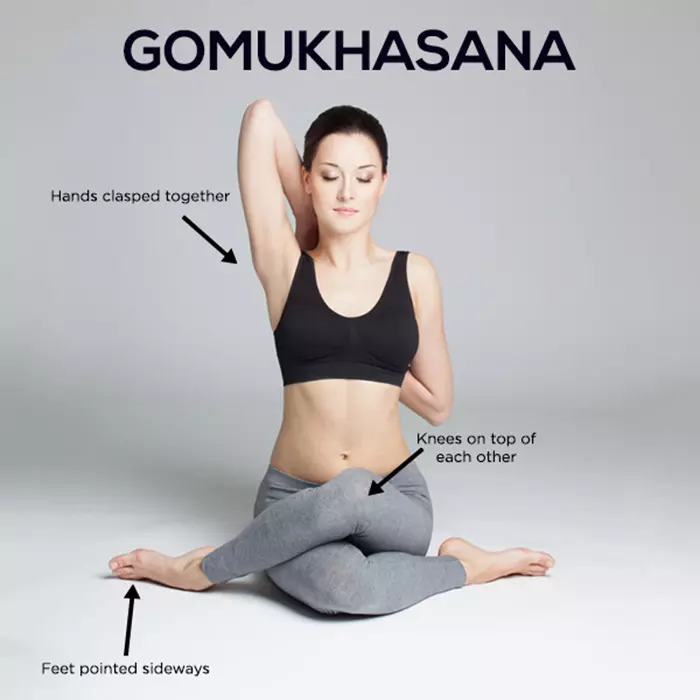
- Level: Basic
- Style: Hatha
- Duration: 30 to 60 Seconds
- Repetition: Once with your right leg over the left and then vice versa
- Stretches: Shoulders, Hip, Thighs, Thorax, Ankles, Triceps brachii muscle, Axilla
- Strengthens: Back, Chest

How To Do Gomukhasana
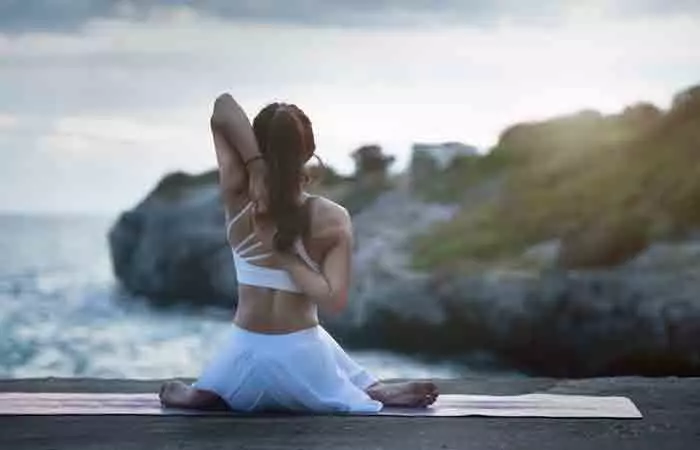
- Sit erect on the ground with your legs stretched out in front of you, preferably in Dandasana.
- Now gently bend your left leg, and place it under your right buttock.
- Fold your right leg and place it over your left thigh.
- Place both your knees close together as they are stacked one on top of the other.
- Gently fold your left arm and place it behind your back.
- Take your right arm over your right shoulder, and stretch it as much as you can until it reaches your left hand. With practice, you will be able to not just reach, but also catch your left hand.
- Keep the trunk erect, expand your chest, and lean slightly back.
- Hold this pose for as long as you are comfortable, as you breathe slowly and deeply. Concentrate on your breathing.
Precautions And Contraindications

There are some points of caution that you must keep in mind before you practice this asana.
- People with rotator cuff injuries, and knee pains must refrain from practicing this asana or look for suitable modifications. If you have backache, it is best to consult a doctor before you do this asana and practice only under the supervision of a certified yoga instructor.
- If you have tight shoulders and fail to clasp your fingers behind your back, use a strap between your hands. Start the pose with a strap draped over the shoulder of the lower arm. Slide the lower arm to the back (you must ensure that you slide your arm as much to the top of the back as possible), then catch the free end of the strap with the upper arm.
- In case of other restrictions, performing this exercise might be difficult. But don’t fret. Instead, start small. You can begin by trying to take your hands backward, holding elbow to elbow (you don’t have to clasp the fingers), and simply stretching your legs and crossing one over the other. With time and patience, you will be able to perform the pose perfectly as it makes your body flexible and easy to stretch.
 Quick Tip
Quick TipBeginner’s Tips
Beginners usually find it difficult to get their sitting bones to rest evenly on the floor. This makes stacking the knees evenly over each other quite difficult. The spine cannot extend itself properly when the pelvis is tilted. Using props like blocks, straps, blankets, or bolsters can provide additional support to lift the sitting bones and enhance stability, making the pose more accessible. Further, practicing Gomukhasana in front of a mirror can help ensure proper alignment and body positioning. By incorporating these tips, you can gradually work towards a deeper and more comfortable practice.
Advanced Pose Variations
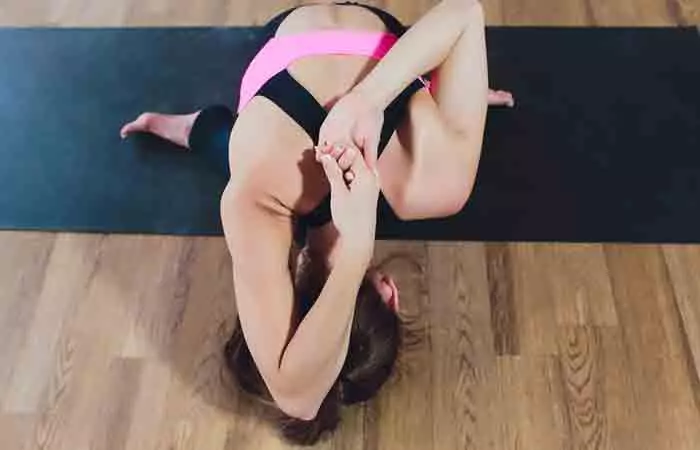
To increase the stretch in this pose, you must have flexible shoulders. Just move your hands a little away from the back of the torso. Form the full pose by leaning forward and laying your torso on the inner part of the thigh on top. Hold the pose for at least 20 seconds, and inhale as you come up.
You may also practice other gomukhasana variations if your shoulders are tight. Use a strap to link your hands behind your back. Hold the strap with your right hand and reach upwards as you allow the strap to descend your back. Rotate your left shoulder forward and extend your left hand up your back to grab the strap. Roll the top of your left shoulder backward.
You can keep your feet together or slightly apart. Pull your hands in opposite directions. Maintain an upright posture and ensure your torso, neck, and head are in a straight line. Ensure you are breathing steadily.
Incorporating gomukhasana into your routine can provide many health benefits. Learn more in the next section.
Benefits Of The Cow Face Pose

These are some amazing benefits of Gomukhasana.
- This asana helps to flex the back, making it more elastic.
- It helps to cure stiff shoulders and also helps in releasing the cervical spine.
- Practicing the Gomukhasana also aids in the treatment of sciaticai Pain that radiates from the lower back to the back of both legs due to pressure or injury to the sciatic nerve. .
- It enhances the working of the kidneys, thereby helping those suffering from diabetes.
- Works on making the pericardiumi A fluid-filled sac that surrounds the heart and its blood vessels and lubricates and protects it from the surrounding structures. area more accessible.
- It may help boost circulation, digestion, and immunity.
- It may help you focus and boost your concentration levels.
- It enhances mindfulness and may help you reach inner peace.
- It may help improve your balance and is best for anxiety and stress relief.
 Quick Tip
Quick TipThe Science Behind The Gomukhasana
This asana involves your shoulders and hips, both of which are common sites that house tension and chronic pain. This asana, quite prominently, enhances the range of motion in the shoulder joints. Even if you have tight shoulders, and you continue practicing this asana, in a span of a few months, your shoulders will loosen out. This asana is therapeutic and helps in pressure release.
Gomukhasana, or the Cow Face Pose, relaxes the muscles and imparts a sense of calm. When you attempt to pull your hands in this pose, the tension in the muscle-tendon joints of your body gets escalated. In response to this tension, the spinal cord signals the muscles to relax. The ‘stretch’ this pose creates (like most other yoga poses) results in the release of endorphins that induce a feeling of relaxation within your body and mind (1).
In a study conducted at The Chinese University of Hong Kong, it was found that Hatha yoga (of which Gomukhasana is a part) can enhance cardiovascular endurance, flexibility, and muscular strength (2).
Preparatory Poses
Supta Virasana
Supta Baddha Konasana
Supta Padangusthasana
Upavistha Konasana
Virasana
Follow-Up Poses
Ardha Matsyendrasana
Bharadvajasana
Garudasana
Marichyasana III
Padmasana
Paschimottanasana
Upavistha Konasana
This asana is extremely simple, yet extremely beneficial. Who could have imagined that a little stretching could go a long way in healing your body, mind, and soul?
Key Takeaways
- Gomukhasana is performed on an empty stomach in the morning and can help relax the body.
- It supports kidney function and is, hence, beneficial for individuals with diabetes.
- It can help treat stiff shoulders and relax the cervical spine.
- Gomukhasana can increase muscle strength and flexibility in the body.
Infographic: Top 5 Benefits Of Gomukhasana
This stretching posture is a basic yoga asana that is performed early in the morning. It is known for improving your physical as well as mental well-being. Check out the infographic below to know the top 5 benefits of Gomukhasana and how it can help you relax and reduce feelings of anxiety.
Some thing wrong with infographic shortcode. please verify shortcode syntaxGomukhasana is a very easy but helpful form of exercise. It involves your shoulders and hips, which are major sites for persistent pain and tension. This asana improves the range of motion in the shoulder joints significantly and aids in releasing pressure. Also, gomukhasana is a calming pose that soothes the muscles. The ‘stretch’ of this asana causes the release of endorphins, which helps relax your body and mind. So, follow the steps mentioned in the article and enjoy the wonderful benefits of Gomukhasana.
Frequently Asked Questions
Who should not do gomukhasana?
People with spondylitisi An inflammatory condition that causes bones in the spine to fuse and reduces the spine's flexibility, leading to a hunched posture. , piles, and knee, muscle, and shoulder injuries should not do gomukhasana.
Is gomukhasana a hip opener?
Yes, gomukhasana is a hip opener. It stretches the piriformis, gluteal muscles, and the outer legs and opens the hips.
Is gomukhasana a meditative asana?
Gomukhasana is a seated asana in yoga and is also used for meditation.
Learn how to get fit and healthy with regular practice of a simple yoga asana. Watch this video to discover the amazing health benefits of Gomukhasana, the Cow Face posture.
References
Articles on StyleCraze are backed by verified information from peer-reviewed and academic research papers, reputed organizations, research institutions, and medical associations to ensure accuracy and relevance. Read our editorial policy to learn more.
- The role of yoga in inflammatory markers
https://www.ncbi.nlm.nih.gov/pmc/articles/PMC8842003/ - Effects of a 12-Week Hatha Yoga Intervention on Cardiorespiratory Endurance Muscular Strength and Endurance and Flexibility in Hong Kong Chinese Adults: A Controlled Clinical Trial
https://www.ncbi.nlm.nih.gov/pmc/articles/PMC4475706/
Read full bio of Anirudh Gupta
Read full bio of Shirin Mehdi
Read full bio of Ravi Teja Tadimalla
Read full bio of Himanshi Mahajan





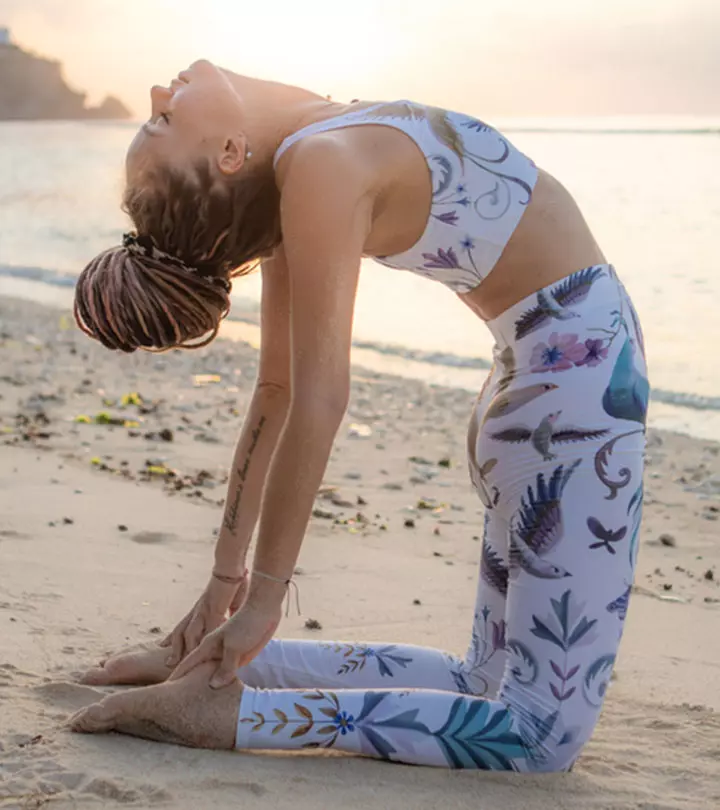
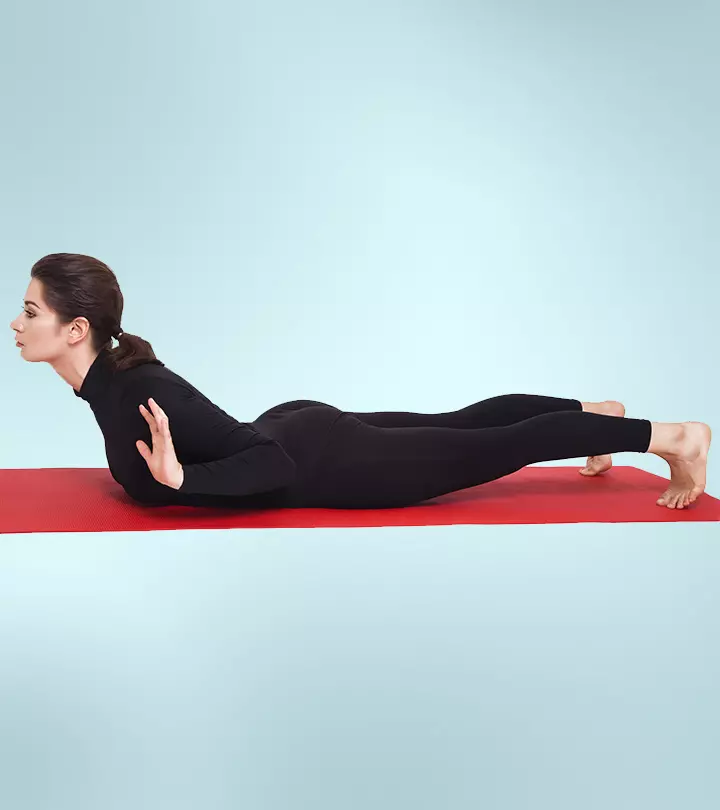
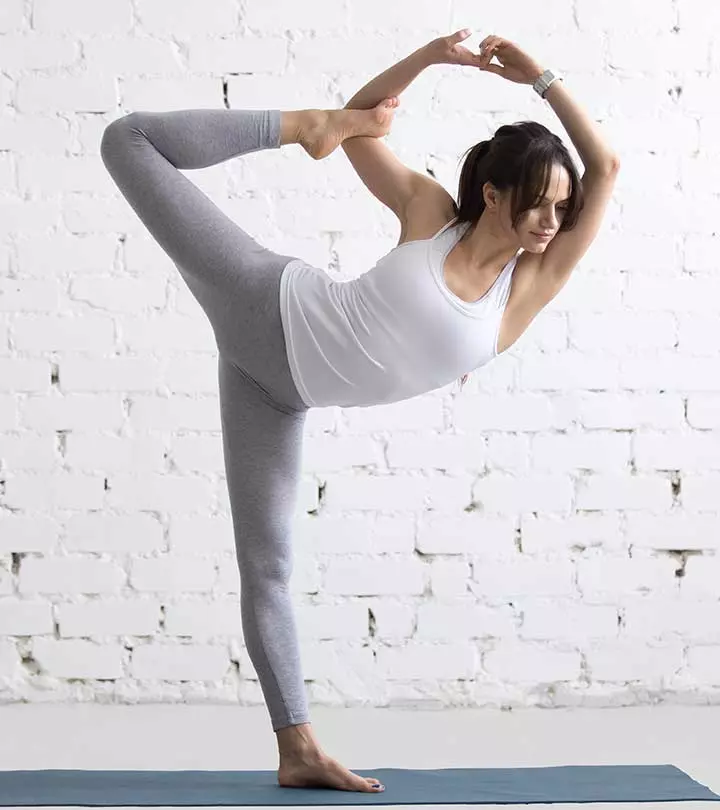
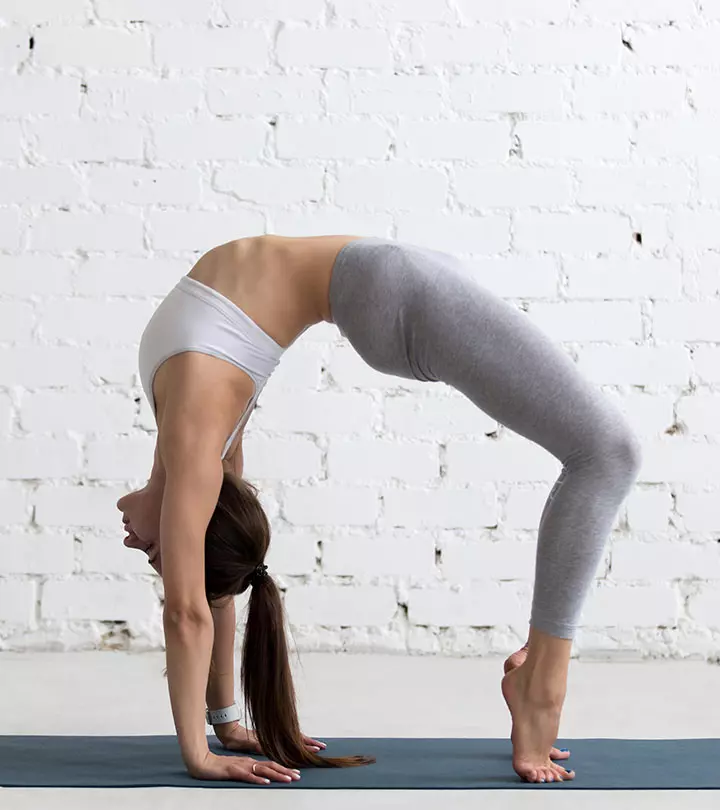
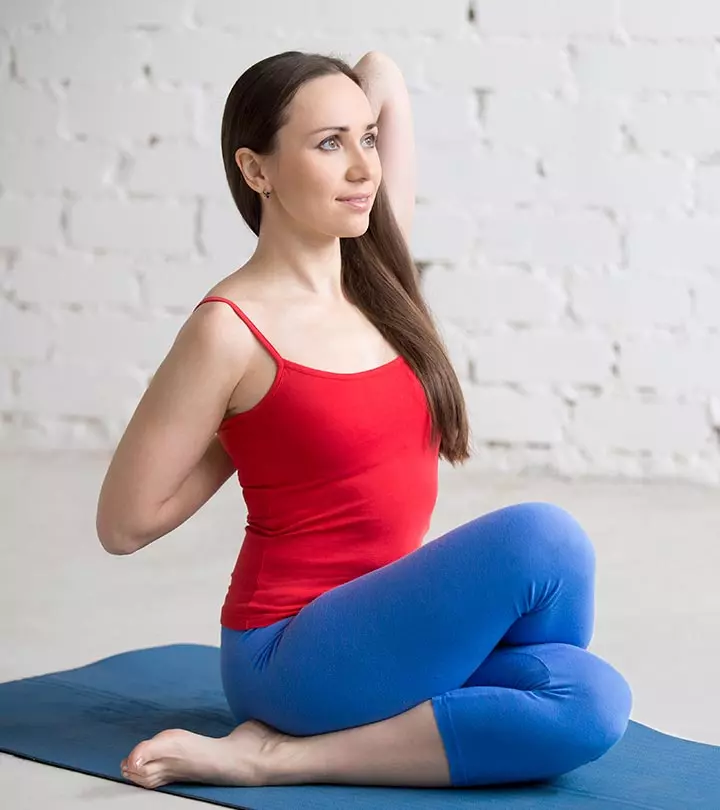
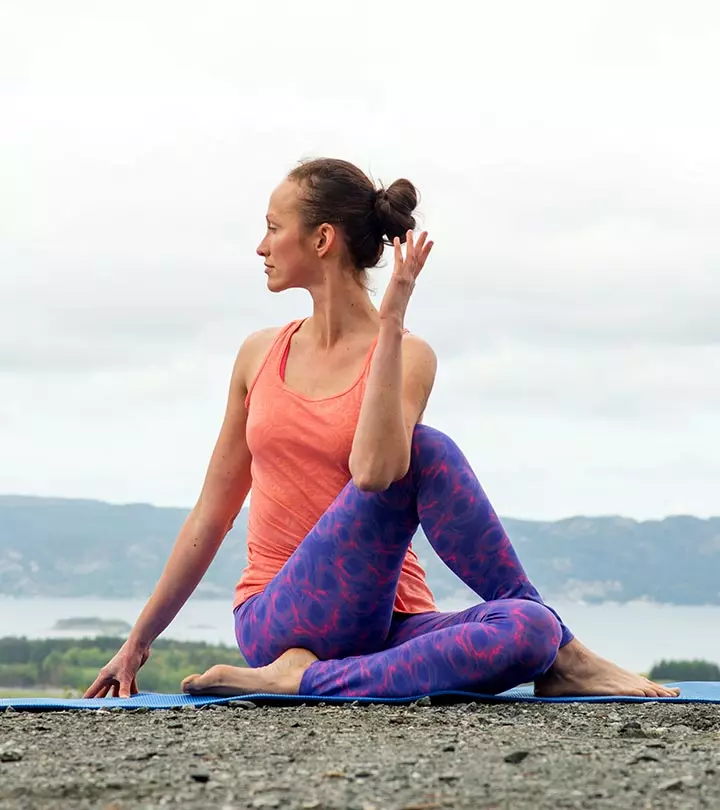
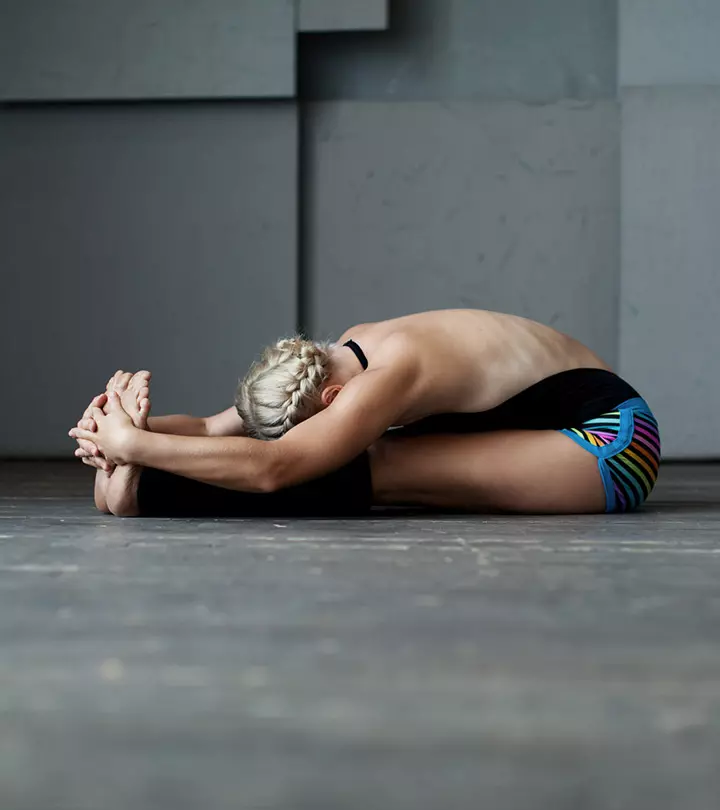
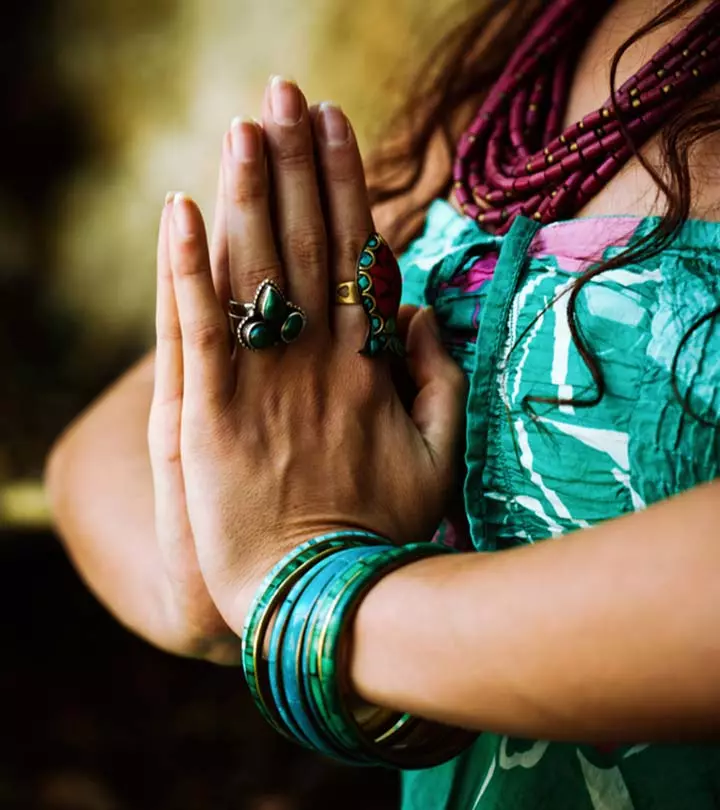
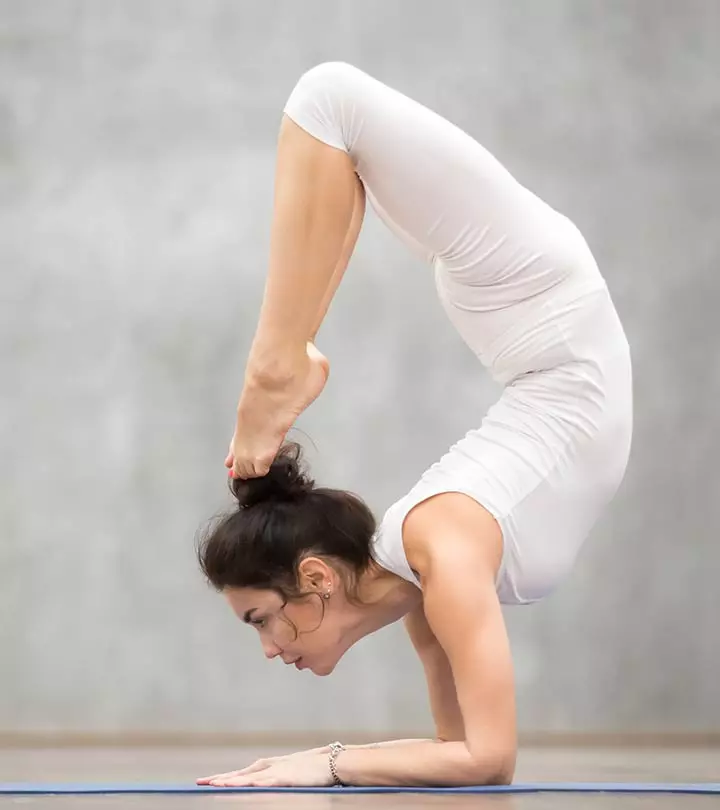
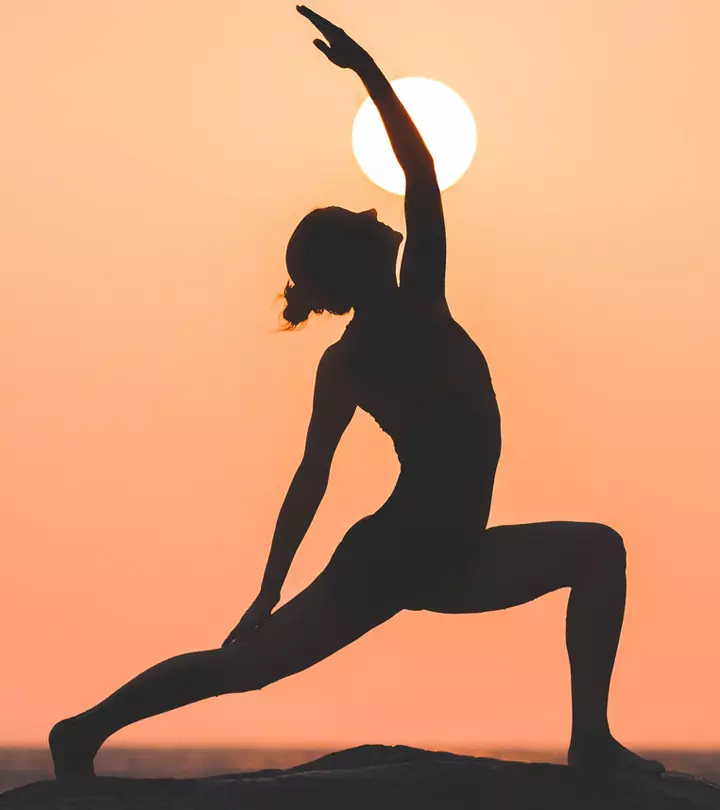
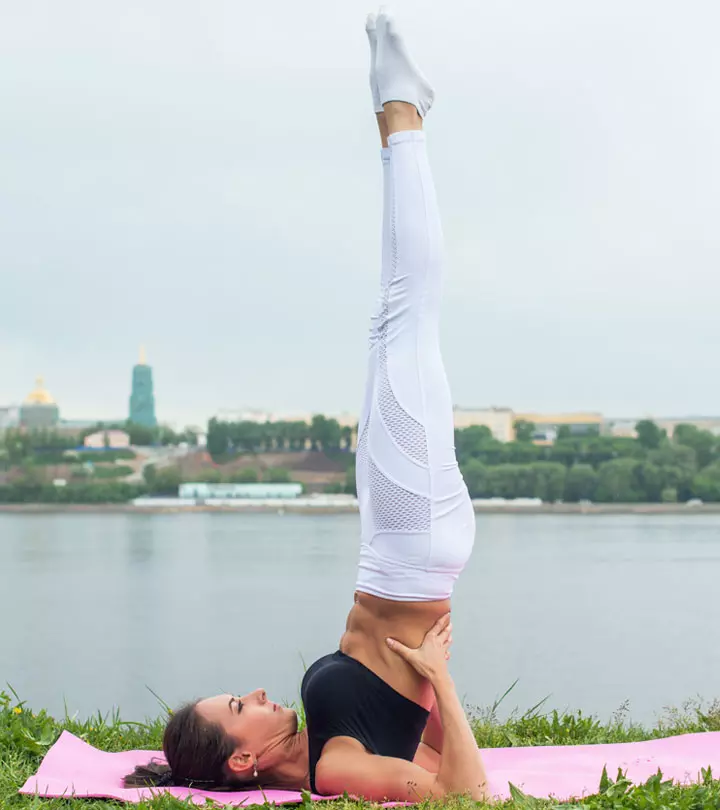


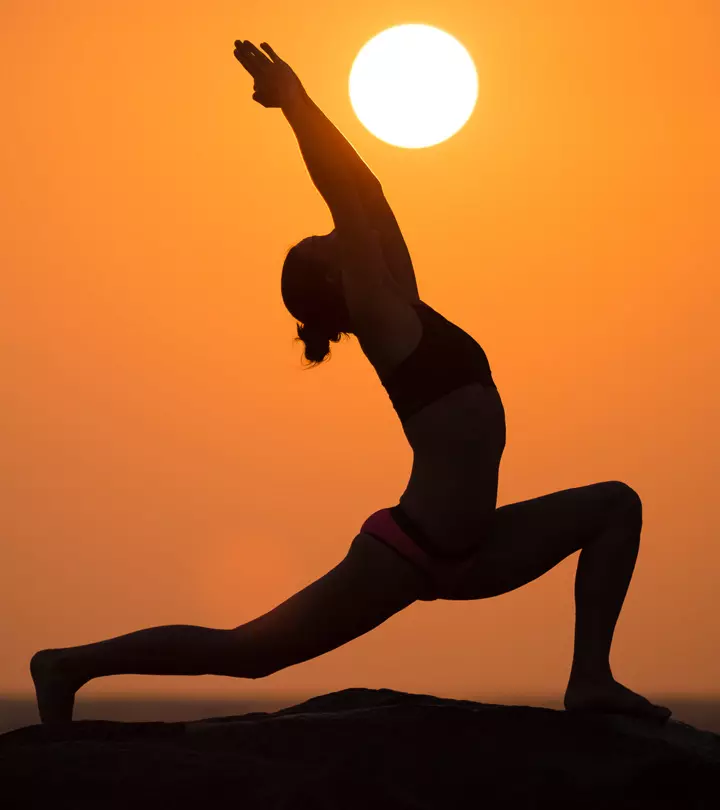
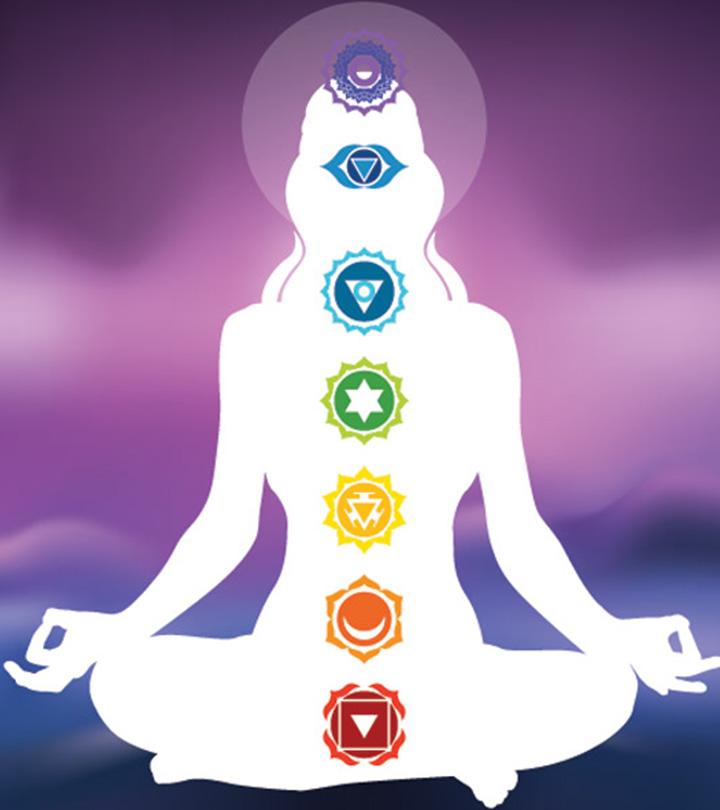
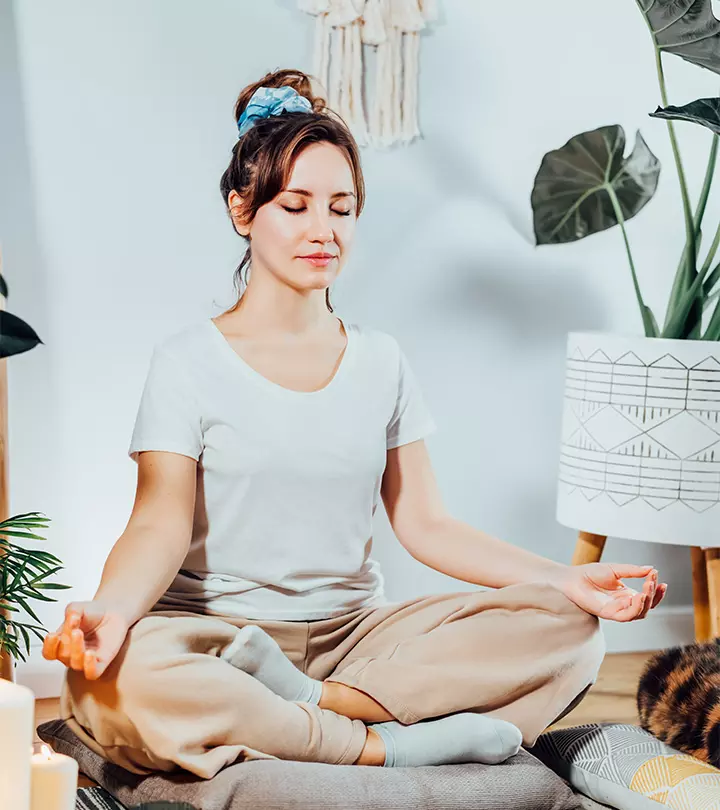
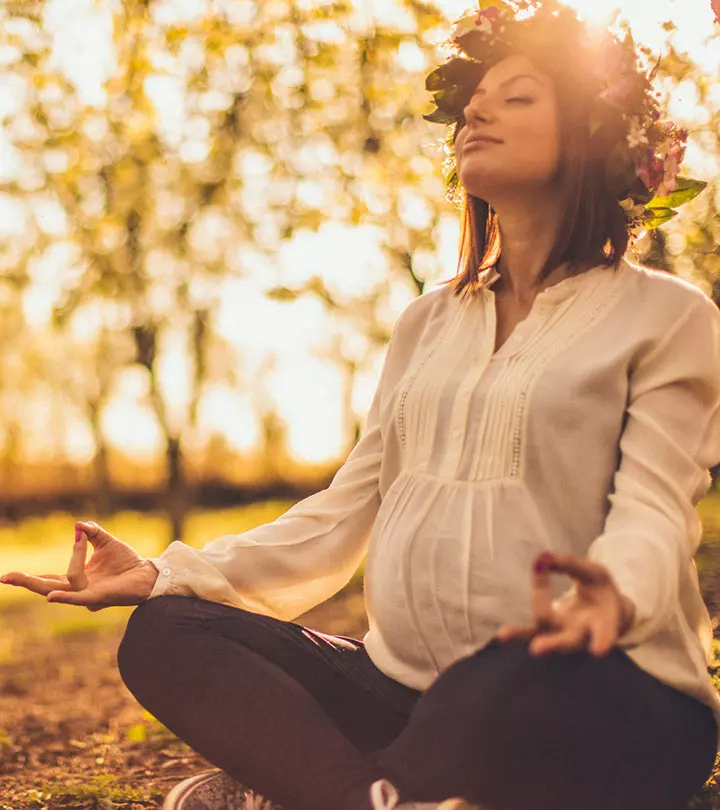
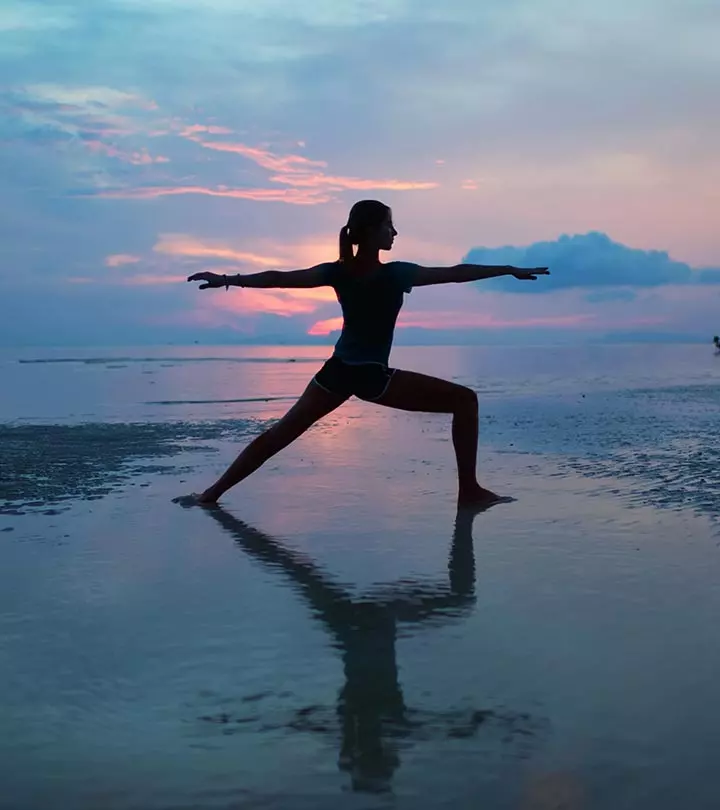
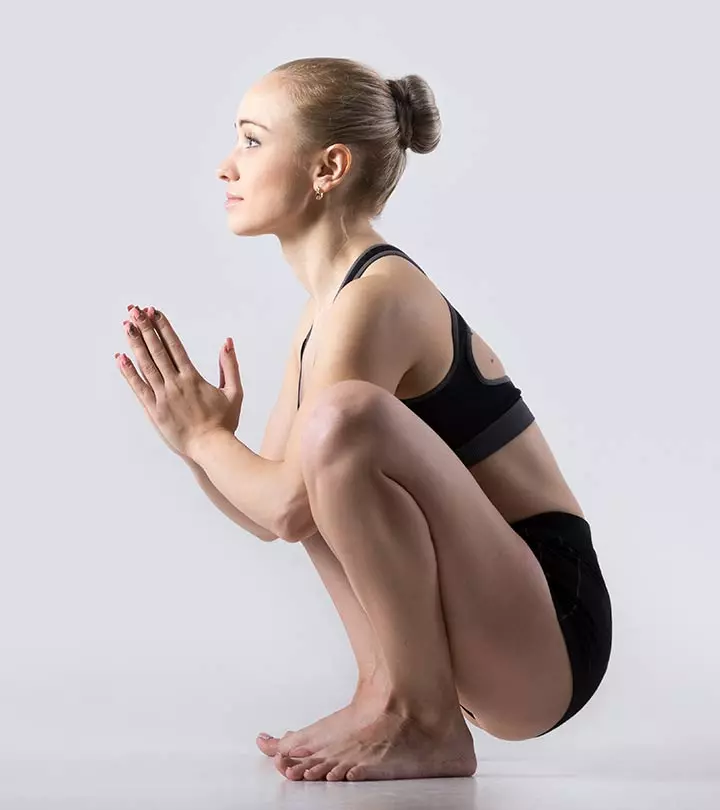

Community Experiences
Join the conversation and become a part of our empowering community! Share your stories, experiences, and insights to connect with other beauty, lifestyle, and health enthusiasts.